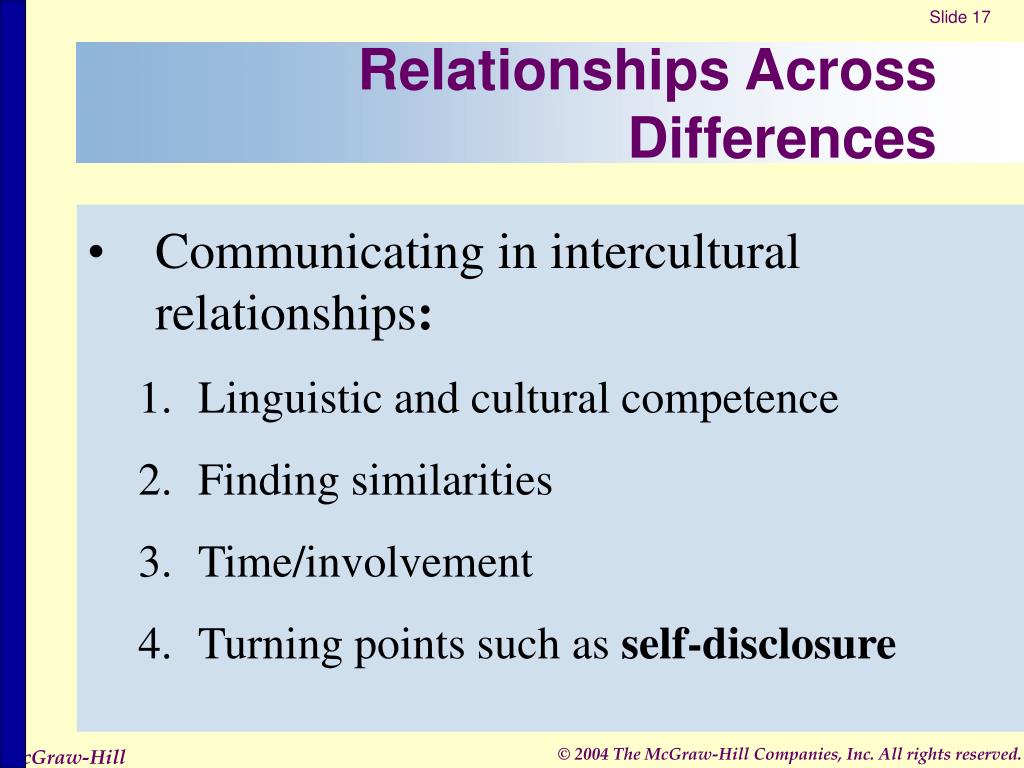

The literature on online dating among MSM is rich and ever-growing, so this overview is limited to three recurring themes which are also of relevance to the current research. In doing so, it offers a more “mobile” view of online dating, aiming to do justice to changes across subsequent cohorts of MSM as well as within the life course of individuals.

This study aims to explore the heuristic value of a generational perspective to better capture the diversity and evolution of online dating among MSM. To address this issue, the paper subsequently reports on a mixed-method study into the use of dating and hookup sites and apps (further summarized as “online dating”) among different generations of Belgian MSM, from the time of first contact with such services to the time of research. One main shortcoming in existing research is the lack of a chronological dimension, i.e., the evolution of dating and hookup sites and apps in relation to the life course of different generations of MSM. The current paper first gives an overview of research on online dating and hookup practices among MSM, Footnote 1 identifying recurring themes as well as lacunae.
#Gay and lesbian sociocultural contexts and dationg Offline#
She stated that, beside offering a “place of refuge”, the internet also offered unprecedented opportunities for sexual contacts, both online “cybersex” and connecting to partners for offline sex, which was particularly popular among gay men.Since then, the opportunities to date and “hook up” online have only expanded. In a review of fifteen years of research on the internet’s impact on sexuality, Döring ( 2009) noted the great importance of the internet as a source of empowerment for sexual minorities and subcultures. This paper contributes to the literature on MSM online dating by adding a non-Anglophone perspective, studying a broad age range including older users, disclosing clear intergenerational differences, and transcending a static view of online dating among a single age cohort. The end picture is one of dating “in motion”, both shifting between generations and changing with the life course of individuals. Moreover, at the time of the research, participants were in different stages of their lives, which led to a variety of online dating practices. The results show how men from different generations got access to dating sites and apps at different times in their lives, in a shifting balance with offline dating practices. The current paper aims to contribute to this knowledge by reporting on a study involving four generations of Belgian men who have sex with men (MSM), combining insights gained in an exploratory survey (N = 684) with in-depth interviews (N = 80). Moreover, the life stage of users is not sufficiently addressed, nor are their evolving uses throughout the life course. Although a lot of research has investigated the uses of these services, the focus is mostly on younger users, disregarding the experiences of older people. Gay men were quick to connect online, first in chat rooms and subsequently on an ever-expanding array of sites and apps, culminating in geolocation apps such as Grindr.

From the early years of the internet, its key importance was recognized as a site for sexual minorities to explore and express their identity and sexuality.


 0 kommentar(er)
0 kommentar(er)
